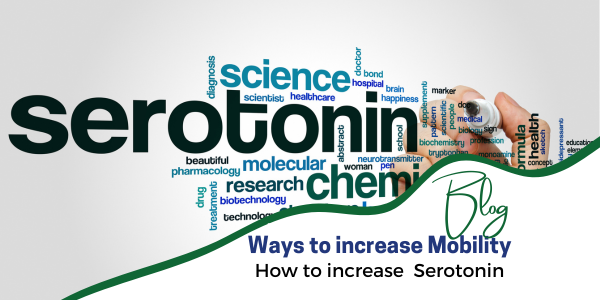Understanding Motility and Prokinetics in Gut Health Introduction to Gut Motility Gut motility refers to the movement of contents through the digestive tract, primarily driven by a coordinated series of muscle contractions. These contractions, known as peristalsis, propel feces through the colon and eventually out of the body. Optimal gut motility is essential for nutrient absorption, digestion, and waste elimination. When motility is impaired, it can lead to conditions such as constipation, irritable bowel syndrome (IBS), or chronic intestinal pseudo-obstruction. This article unpacks motility, explores the concept of prokinetics, examines natural and dietary sources that stimulate gut motility, and reviews the current literature on this critical topic in gastroenterology. What Are Prokinetics? Prokinetics are substances—whether pharmaceutical, herbal, or dietary—that enhance gastrointestinal motility by stimulating the smooth muscles of the gut. By improving motility, they help ...

Comments
Post a Comment